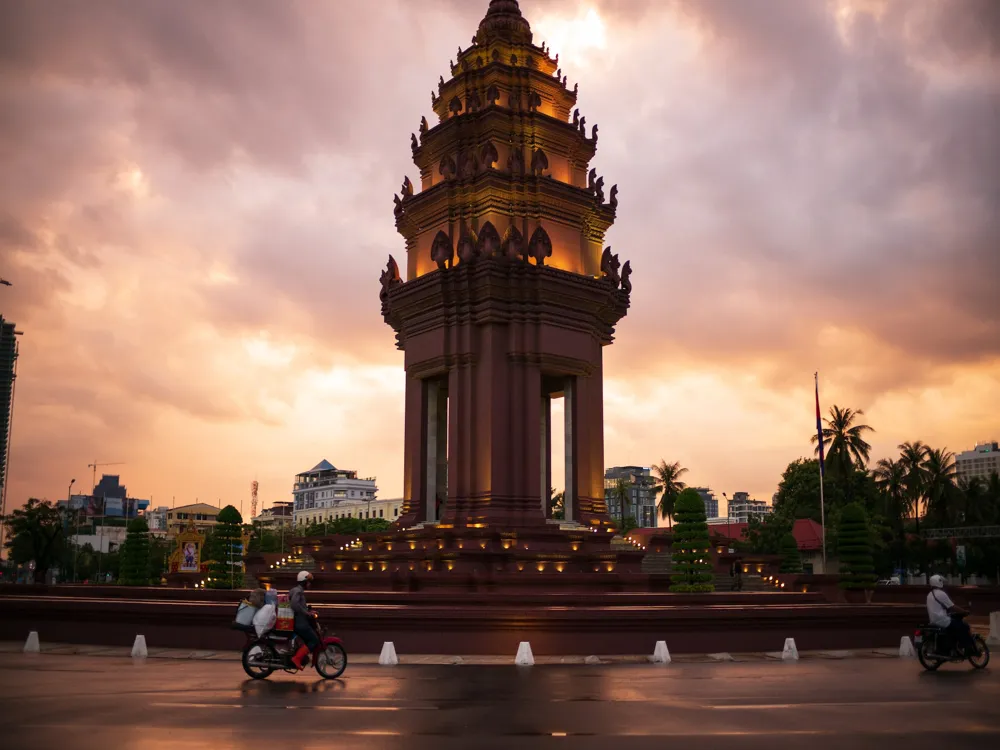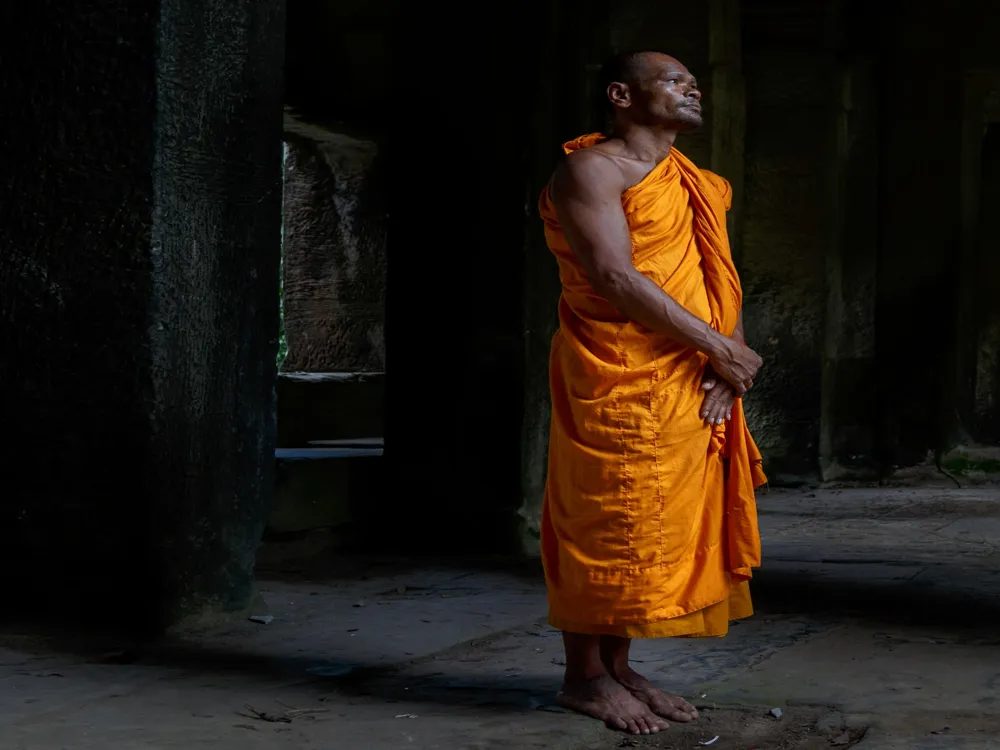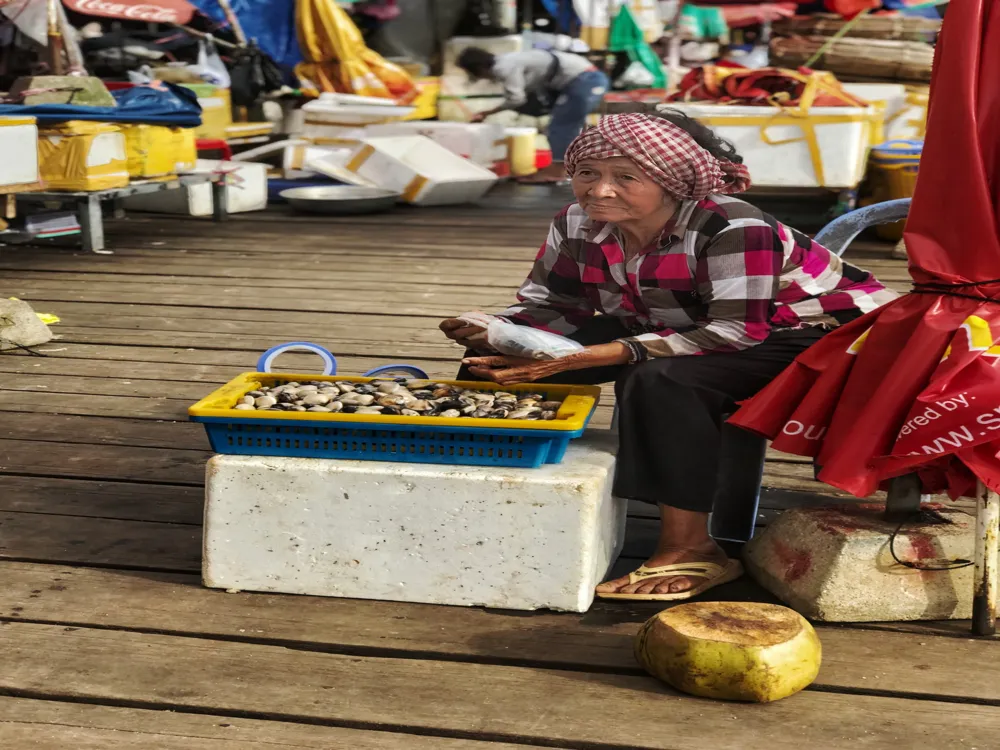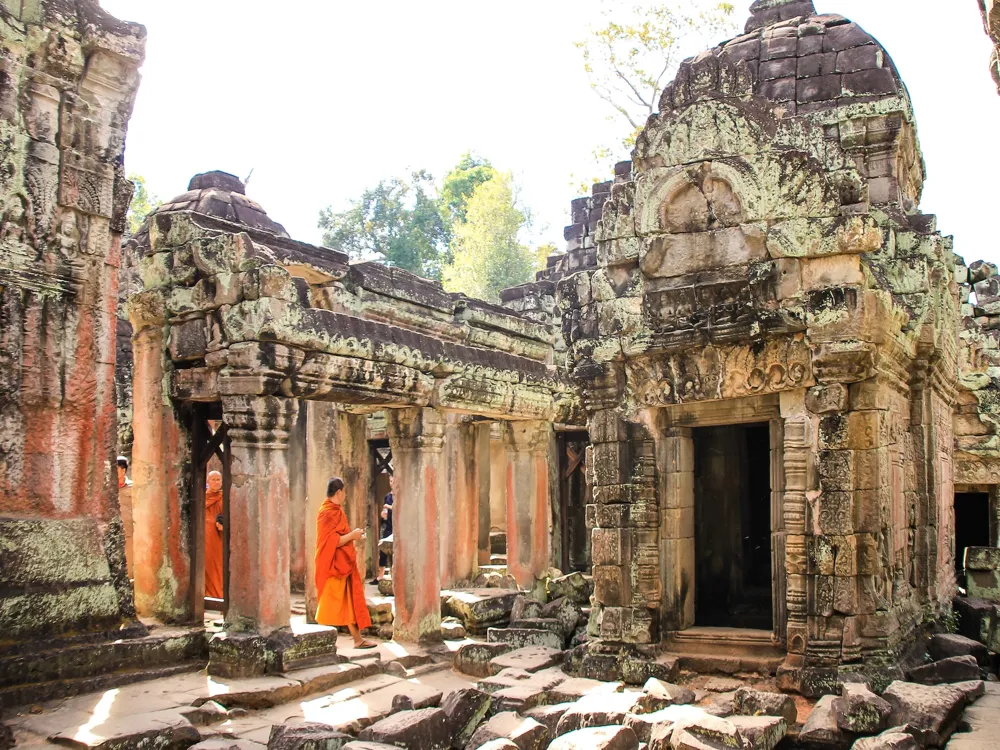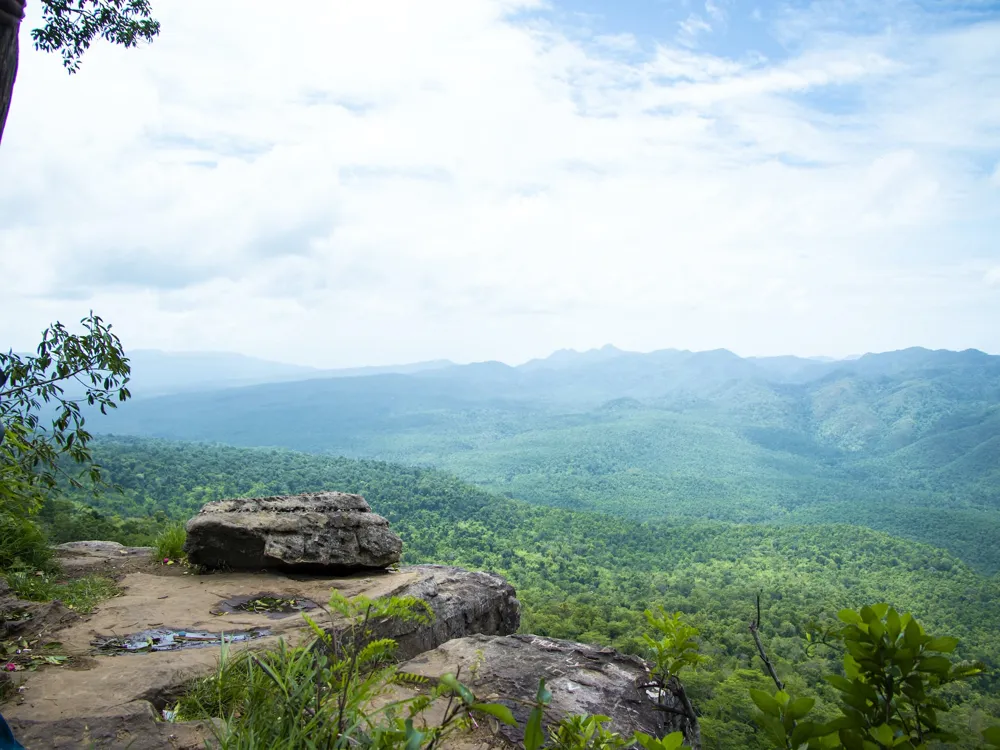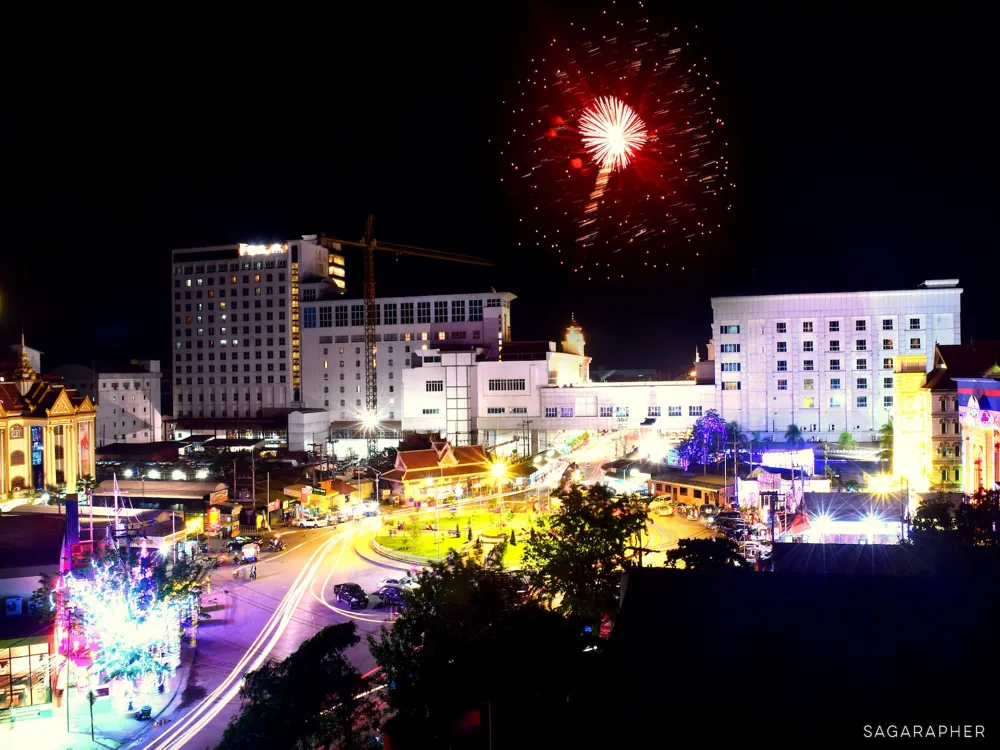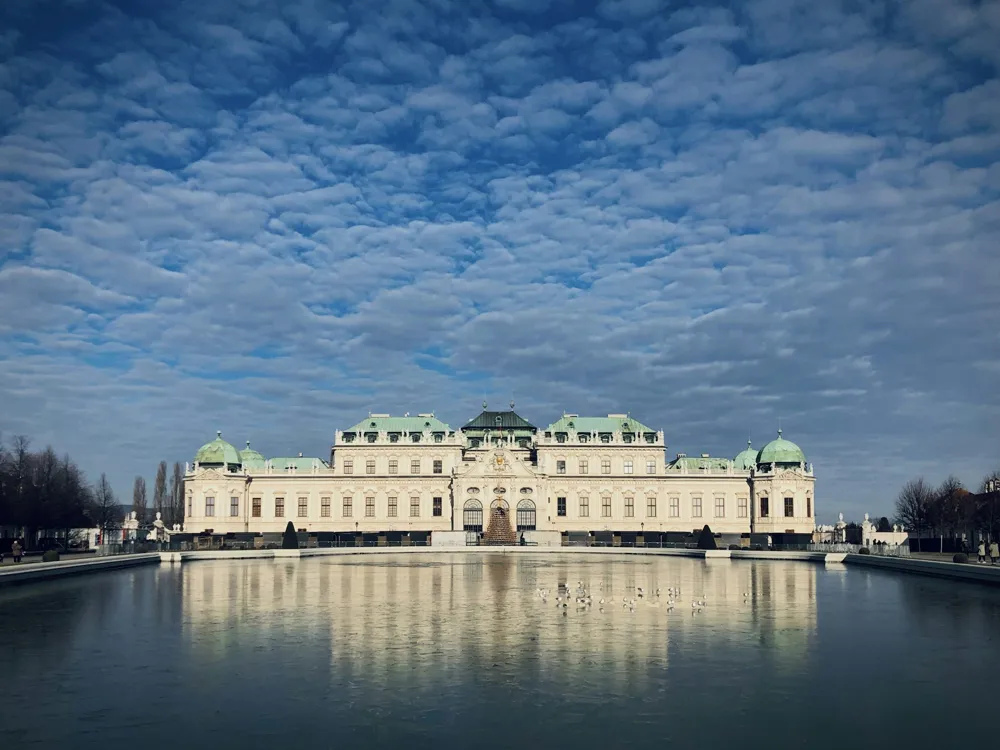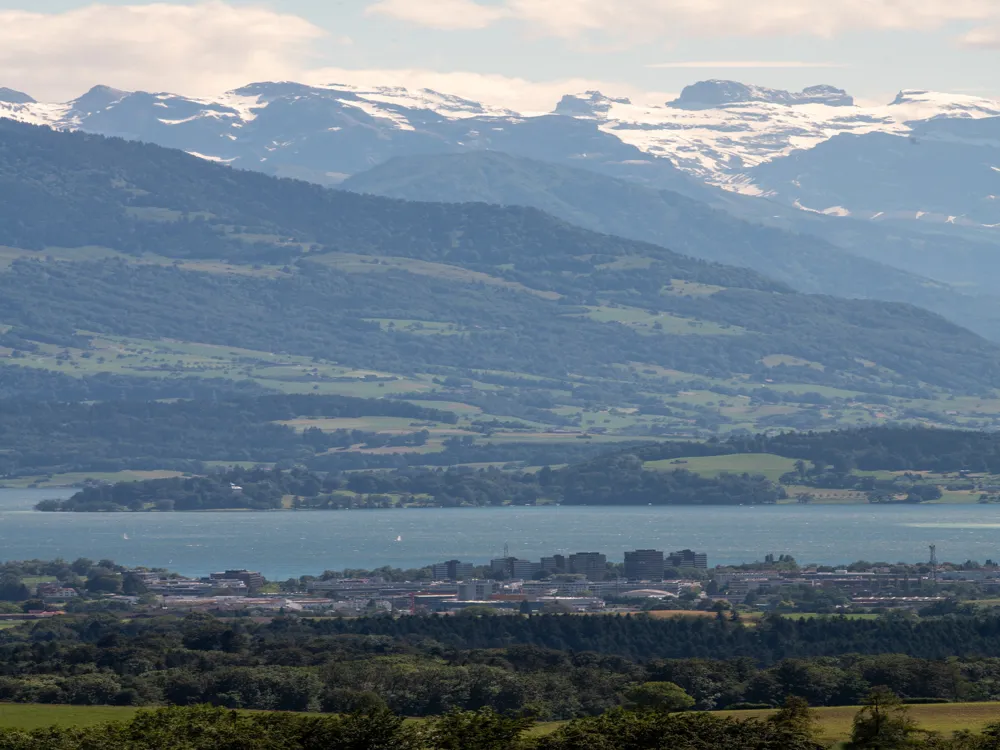Wat Phnom, a symbol of the Cambodian capital Phnom Penh, stands as a testament to the city's rich history and cultural heritage. This iconic temple, perched atop a 27-meter-high hill, is the tallest religious structure in the city. It's not just a tourist attraction but a centerpiece of faith and tradition in the heart of Phnom Penh. The history of Wat Phnom is steeped in legend. According to folklore, the temple was first erected in 1372 by a wealthy widow named Daun Penh. The story goes that she found four bronze statues of Buddha hidden inside a large koki tree floating down the Mekong River. Feeling inspired, she decided to create a sanctuary for them, thus giving birth to Wat Phnom and inadvertently, the name of the city itself – Phnom Penh, or 'Hill of Penh'. Over the centuries, the temple has been rebuilt several times, with the current structure dating back to 1926. Visiting Wat Phnom offers a unique opportunity to delve into the spiritual heart of Cambodian Buddhism. The temple complex is adorned with intricate murals depicting scenes from the Jataka tales – stories of the Buddha's previous lives. These artworks are not just visually stunning but also serve as an embodiment of the religious and cultural ethos of Cambodia. Wat Phnom isn't just a place of worship; it's a vibrant community hub. The temple grounds are a popular spot for locals to gather for leisure and festivals. One of the most significant events held here is the Cambodian New Year celebration, where the temple becomes the focal point of festivities filled with music, dance, and traditional games. The temple's architecture and surroundings also make it a haven for nature lovers. The lush gardens and the giant clock embedded in the grass at the base of the hill are unique features that add to the charm of Wat Phnom. The presence of numerous monkeys, while delightful to observe, requires visitors to be cautious with their belongings. In essence, Wat Phnom is not just a historical monument but a living piece of Cambodian culture. It's a place where the past and present, the spiritual and the secular, seamlessly merge, offering a glimpse into the soul of Phnom Penh. The architecture of Wat Phnom is a striking example of Khmer design, showcasing a blend of both historical and contemporary Cambodian architectural styles. The temple's central structure is a Stupa, where the ashes of the Buddha are said to be enshrined. This Stupa is an architectural marvel, reflecting the deep spiritual significance of the site. The main temple, or vihara, stands at the top of a flight of stairs adorned with Naga balustrades, serpentine creatures that are a recurring motif in Khmer architecture. These Nagas not only serve as guardians of the temple but also symbolize the link between the earthly realm and the celestial world. Inside the vihara, the walls are covered with an array of intricate frescoes and murals. These paintings tell the stories of the Buddha's life and other Buddhist mythologies. The colors are vibrant, and the details in each artwork showcase the skill and devotion of the artists who created them. The central altar houses a large, gilded statue of a seated Buddha, surrounded by offerings and other religious artifacts, creating a space of profound spiritual energy. The temple complex also includes several smaller shrines and pagodas, each with its own unique design elements. These structures feature traditional Khmer roofs, characterized by their steep, tiered design and ornate, gilded finials. The pagodas are adorned with carvings of apsaras (celestial nymphs), garudas (mythical birds), and other figures from Hindu and Buddhist mythology, reflecting the syncretic nature of Cambodian religious beliefs. The architectural significance of Wat Phnom extends beyond its religious structures. The surrounding landscape, with its carefully maintained gardens and walkways, contributes to the serene and contemplative atmosphere. The integration of nature with architecture is a hallmark of Khmer design, aimed at creating a harmonious balance between the built and natural environments. In summary, the architecture of Wat Phnom is not just a feast for the eyes but a reflection of Cambodia's rich cultural and spiritual heritage. It embodies the religious fervor, artistic creativity, and architectural ingenuity that have shaped Cambodian history. As a sacred site, it's important to dress respectfully when visiting Wat Phnom. Visitors should wear clothing that covers their shoulders and knees. Avoid wearing revealing or flashy. Read More:Overview of Wat Phnom in Phnom Penh
Architecture of Wat Phnom
Tips When Visiting Wat Phnom
Dress Appropriately
Wat Phnom
Phnom Penh
₹ 19,999 onwards
View phnom-penh Packages
Weather :
Tags : Temple
Timings : 7 AM to 6:30 PM
Time Required : 2 to 3 hours
Entry Fee : 1 USD
Planning a Trip? Ask Your Question
Also Refered As:
Wat Preah Chedey Borapaut
Phnom-penh Travel Packages
View All Packages For Phnom-penh
Top Hotel Collections for Phnom-penh

Private Pool

Luxury Hotels

5-Star Hotels

Pet Friendly
Top Hotels Near Phnom-penh
Other Top Ranking Places In Phnom-penh
View All Places To Visit In phnom-penh
View phnom-penh Packages
Weather :
Tags : Temple
Timings : 7 AM to 6:30 PM
Time Required : 2 to 3 hours
Entry Fee : 1 USD
Planning a Trip? Ask Your Question
Also Refered As:
Wat Preah Chedey Borapaut
Phnom-penh Travel Packages
View All Packages For Phnom-penh
Top Hotel Collections for Phnom-penh

Private Pool

Luxury Hotels

5-Star Hotels

Pet Friendly








/choeung-ek-genocidal-center-killing-fields-slider-1.webp)
